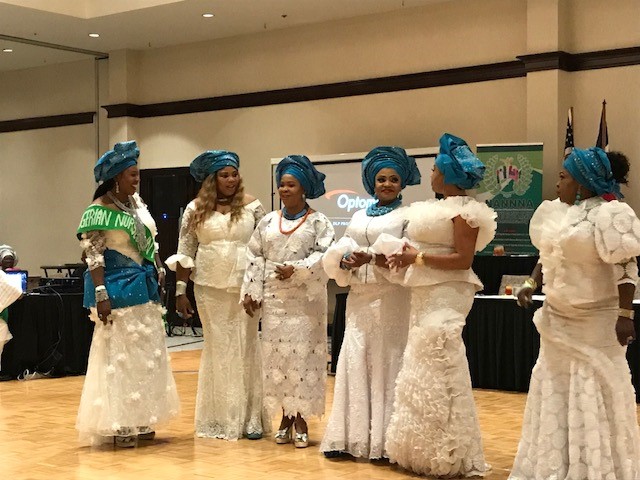Texas, the Lone Star State, is a microcosm of diversity, reflecting the complexity and richness of the American experience. While the state has made commendable progress in embracing its multicultural identity, challenges persist. In this exploration, we delve into the multifaceted nature of diversity in Texas, acknowledging both the triumphs and the ongoing struggles faced by its diverse communities.
The Changing Face of Texas:
Over the past few decades, Texas has witnessed a demographic transformation, with a significant increase in the Hispanic population. This shift has reshaped the cultural landscape, contributing to a mosaic of languages, traditions, and customs that coexist within the state. As Texas continues to evolve, it grapples with the need to ensure that all communities are afforded equal opportunities and representation.
Cultural Integration vs. Preservation:
The tension between cultural integration and preservation is a recurrent theme in the Texan narrative. While many communities contribute to the broader Texan identity by integrating their customs, there is also a profound desire to preserve unique cultural heritages. Balancing these dynamics is an ongoing challenge, requiring a delicate approach that fosters unity without erasing the distinctiveness of each community.
Educational Disparities:
Despite the state’s commitment to diversity, educational disparities persist. Socioeconomic factors often dictate access to quality education, leading to unequal opportunities for students from different backgrounds. Addressing these disparities requires a comprehensive approach that includes targeted investments, community engagement, and initiatives to bridge the educational gap, ensuring that all Texans have access to a quality education.
The Role of Leadership and Advocacy:
Leadership plays a pivotal role in navigating the challenges of diversity in Texas. Elected officials, community leaders, and advocacy groups have a responsibility to champion policies that promote inclusivity and address systemic issues. Grassroots movements and community-driven initiatives also contribute to fostering understanding and collaboration among diverse groups, creating pathways for positive change.
Cultural Celebrations as Bridges:
Cultural celebrations and festivals serve as bridges, connecting different communities and fostering mutual understanding. Events like the Juneteenth celebrations, recognizing the emancipation of enslaved African Americans, and Diwali, the Hindu festival of lights, provide platforms for shared experiences and promote cultural awareness. These celebrations are crucial in building bridges of understanding and breaking down stereotypes.
The Road Ahead:
As Texas navigates the complexities of diversity, it faces an opportunity to be a trailblazer for the nation. Embracing diversity is not just a moral imperative but also an economic and cultural asset. The state must continue to invest in initiatives that promote equal opportunities, celebrate diverse cultures, and bridge gaps in understanding. By doing so, Texas can become a beacon of inclusivity, demonstrating that a united and harmonious society is achievable, even in the face of diversity’s inherent challenges.
Conclusion:
Diversity in Texas is not just a concept; it is a lived reality that shapes the state’s identity and future. While challenges persist, the triumphs and resilience of its diverse communities offer hope for a more inclusive and equitable Texas. By addressing educational disparities, fostering cultural awareness, and championing policies that prioritize equality, the state can pave the way for a future where diversity is not just acknowledged but embraced as the cornerstone of Texan identity.




